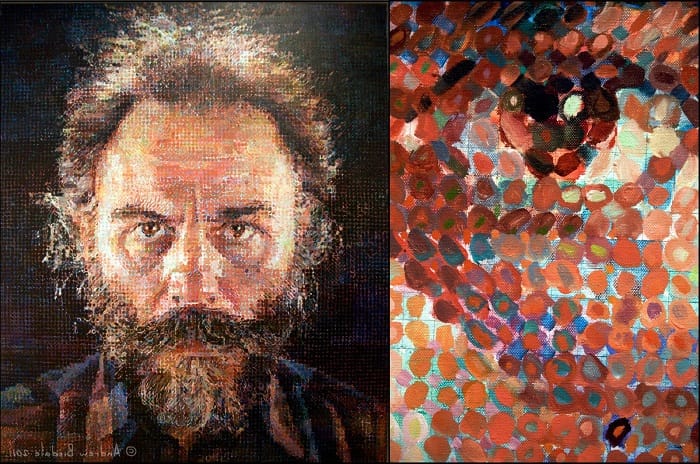Lucas Samaras essay
Lucas Samaras is a popular artist, who is working in the field of photography and has reached the international recognition of his talent and skills. Lucas Samaras started is artistic career by experiments in the field of visual art, sculpture and performance art. In this regard, the influence of his friends, whom he studied and worked with, such as Roy Lichtenstein, Kaprow Segal, George Brecht, and others, was particularly significant. However, steadily he shifted toward photography as his mainstream art. The interest to photography encouraged Lucas Samaras to start new experiments, which made his works different from works of other photographers and artists.
His professional career and art work was and still is prominent because his works are very popular and highly appreciated by the public and critics. His early works were sheer experiments in the field of the photo design. Lucas Samaras used different tools and techniques to create his photo collages by manipulating the wet dyes in Polaroid photographic film to create “photo transformations”. In this regard, he was particularly successful in his self-portraits, which he experimented and tried different tools and media. At this point, it is worth mentioning the fact that his works involved multi-media collages that made them exclusive, original and absolutely different from works of other artists.
Therefore, Lucas Samaras is one of the most outstanding representatives of the “New Jersey School”, who has managed to create his own style and his own art, in a way, because his works have made a breakthrough in visual art and photography and brought him the international approval.
Paint Head Attached
Head Attached is one of many self-portrait collages made by Lucas Samaras that reveals his original style and the essence of his experiments in the field of photography and visual art. In fact, his Head Attached is the self-portrait, which could be otherwise routine, unless Lucas Samaras used his favorite photo collage style. The author probably intentionally uses grey and dark colors, where his face is virtually the only light element of the self-portrait. He uses such colors to show that his life is routine. At the same time, the artist used good lighting to show every details of the self-portrait but still it is neither bright nor dark that emphasize routine of his life once again.
The artist made the self-portrait, where he is sitting in the kitchen and holding in his right hand a jar with his self-portrait inside. In such a way, the entire works turns out to be a double self-portrait, which though has a very symbolic meaning and multiple implications. In this regard, the artist symbolically puts his self-portrait in a jar and stay in his kitchen to show that he is also in a sort of jar being locked in his home like his self-portrait is locked in the jar. At the same time, the self-portrait also implies the limitation of the artist’s vision because, being locked in the jar, he cannot see anything around him, he is limited in his movements that probably implies the limitation of his vision as an artist, which is limited by biases, stereotypes and his limited worldview as he also stays in the jar, in a way.
Thus, the self-portrait reveals the original style of the artist and his vision of art and artist.
Do you like this essay?
Our writers can write a paper like this for you!



